70 years ago, 28 June 1946, the first GAZ-M-20 "Victory" rolled off the assembly line
GAZ-M-20 became the first Soviet passenger car with a monocoque and one of the world's first high-volume cars that were produced with a 4-pontoon-type door body that did not have separate wings, headlights and footboards. In our country, "Victory" has become a truly cult, and today thousands of model fans are chasing the retro cars that have survived. In the USSR, “Victory” was the first mass passenger car. Before her, personal use cars were considered in the country only as a government award.
A well-known joke is connected with the car. When Joseph Stalin was shown the car and offered his first name “Motherland”, he frowned and asked with a smile: “Well, how much will we have a Motherland?” On the same day, the name was changed to “Victory”, under which the car entered forever history. However, all of the above is nothing more than a beautiful legend. The car was originally planned to be called "Victory" in honor of the upcoming victory in the war with Nazi Germany, and the name "Homeland" was just an internal factory.
Work on the creation of the car GAZ-M-20 "Victory" began in the war years. The government assignment for designing and preparing for the mass production of a new car that would meet all the modern trends in the global automotive industry and had better performance compared to GAZ-М1, GAZ management received in December 1941 of the year. Surprisingly, it was an order not for a truck, not for a tractor for guns, and not even for an ambulance, but for an ordinary car, which was very symbolic. But at that time the plant was completely focused on the production of military equipment and the project was simply postponed. At the same time, at the very end of 1941, the captured German Opel Kapitan 1938 of the year of release was brought to Gorky. It was decided to choose this car as a prototype, since it best conformed to the requirements of the received technical assignment and the ideas of the Soviet designers on what exactly a modern passenger car should be.
In practice, work on creating a new passenger car began at the Molotov car factory in Gorky only in 1943 after the victory that the Red Army won near Stalingrad. Based on the sketches of the artist Veniamin Samoilov, gypsum models of the future machine were made on a scale of 1 to 5, and the life-size model was made in full size mahogany. Work on the car did not stop even after large-scale bombing of GAZ German aviation June 1943 year.
It was the artist Samoilov created a unique and recognizable image of the car to this day. Unlike the final version of the “Victory”, the Samoilov’s rear doors were hung on the rear pillar of the body and opened the same way as the German Opel Kapitan back against the car’s course. Unfortunately, the artist himself did not see his brainchild in metal: he tragically died after finishing work on the model sketches.
The first prototype of the “Victory” was assembled on 6 in November on 1944 of the year, Andrey Aleksandrovich Lipgart, the chief designer of the Gorky Automobile Plant, personally brought the sample to the test site. Soon two more cars came to the test. Unlike the GAZ-M-20 serial cars, they differed in the presence of the 6-cylinder engine from the GAZ 11-73 (upgraded version of the GAZ-М1, which was produced during the war). This engine was manufactured under license from the American company Dodge. In the line of future cars "Victory" was supposed to find a place as machines with 6-cylinder engine (upgraded Dodge D5), and with the 4-cylinder engine.
In this case, the first modification with the 6-cylinder engine was supposed to be the main, and the second was originally designed for taxis. However, it was later decided to abandon the 6-cylinder version in favor of the 4-cylinder version. This was done in connection with considerations of fuel economy, in the postwar years in the country it simply was not enough, as well as simplifying the design of the car. The 4-cylinder engine of GAZ was unified in detail with another more powerful option, representing a six-truncated six, which was later widely used on ZIM cars and GAZ trucks, in particular, the famous GAZ-51.
For the middle 1940-ies, "Victory" was a fully revolutionary machine. Borrowing from the German Opel Kapitan 1938, the structure of the load-bearing body (power elements and interior panels), the designers of the Gorky Automobile Plant were able to completely rethink the appearance of the car and were able to adopt a number of such innovations that would become widespread in the West only a few years later. The German Opel Kapitan had 4 doors, while the front doors opened along the way of the car, and the rear doors up against the turn. At GAZ-M-20, all 4 doors opened along the way of the car - in a traditional way today. The modern (at that time) appearance of the Soviet car acquired thanks to the presence of the belt line, the combination of the front and rear wings with the body, and the lack of decorative footrests, a memorable alligator type hood, headlights mounted in the front of the body, and other characteristic details that are in the middle of the 1940 were not yet familiar.
For the first time in the practice of the Soviet automobile industry, the GAZ-M-20 Victory serially used independent front wheel suspension, hydraulic brakes, electric brake lights and direction indicators, all doors on the front hinges, an alligator type hood, two electric windshield wipers and thermostat in the cooling system. For the first time in the domestic passenger car of this class, a cabin heater with a windscreen was installed as standard equipment.
The working volume selected for the Victory 4-cylinder engine was 2,112 liters, it developed the maximum power in 50 hp The maximum torque this motor provided at 3600 revolutions per minute. The engine has managed to earn a reputation as a reliable, high-torque and durable. However, the Pobeda engine was clearly lacking power, which was also noted by foreign journalists in their vehicle reviews (the car was also exported). Up to speed in 50 km / h the car accelerated quite briskly, but then overclocking indicated a failure. Speed in 100 km / h "Victory" reached only in 45 seconds, and the maximum speed of the machine was limited to 105 km / h. It is curious that for its time the GAZ-M-20 was a reasonably economical car, but by modern standards the fuel consumption for an engine of such a working volume was great. According to the technical data, the car consumed 11 liters of fuel per 100 kilometers, operating consumption was 13,5 liters, and real fuel consumption ranged from 13 to 15 liters per 100 kilometers. The compression ratio of the GAZ M-20 “Victory” engine allowed it to operate normally on the lowest grade “66” gasoline.
Especially it was possible to identify and effective lever shock absorbers - the car was distinguished by good smoothness, as well as hydraulic drum brakes with common all-wheel drive. The latter have found their use in the Soviet automobile industry for the first time. The mechanism of the realized brakes was very simple - the pads were diluted with one hydraulic cylinder in each of the 4 brake discs.
At the time of the start of mass production, the Pobeda was favorably distinguished by its advanced design and modern design, but by the beginning of the 1950-s a number of design flaws in the car became obvious - first of all, the low functionality of the chosen fastback body type (very low ceiling height above the rear) seat, the almost complete lack of visibility back, a rather modest amount of luggage, a poor aerodynamic effect, which was associated with the appearance of lift when driving at high speed, as well as strong Because of all the listed reasons, the “general purpose” cars with the fastback body have not taken root anywhere in the world. By the middle of the 1950-s, the aggregate part of the car ceased to correspond to the world level (first of all, Since the 1952-1954, most American and many new European car models have begun to install overhead valves, curved windows, hypoid rear axles, etc.
Although the serial production of “Victory” was launched in Gorky 28 on June 1946 of the year, by the end of 1946, all 23 machines were assembled at GAZ. The truly mass production of cars was launched only 28 April 1947 of the year. It is noteworthy that GAZ-M-20 became the first passenger car in the USSR, which, in addition to the factory index, had its own name - “Victory”. The letter "M" in the factory index of the car meant the word "Molotovts" - from 1935 to 1957, the Gorky Automobile Plant bore the name of People's Commissar Vyacheslav Molotov. The figure "20" meant that the car belonged to the new model range, which had a reduced engine capacity (up to "two liters"). The models of the older GAZ line were designated as “1” - GAZ-12 “ZIM” and GAZ-13 “Chaika”. In subsequent years, this indexation at the plant was retained - GAZ-21 "Volga" and Gas-24 "Volga"
The first cars "Victory" were distributed solely on the instructions of the "top", under the personal signature of Molotov himself. At the initial stage, there were not enough machines even for heroes of the country and laureates of Stalin prizes. And yet, "Victory" has become a car that was available to the consumer. In the first Soviet motor show, located in Moscow, wealthy citizens had a choice between Moskvich-401 (9 thousand rubles), Victory (16 thousand rubles) and breathtakingly expensive ZIM for the Soviet Union (40 thousand rubles). It is worth noting that at that time period the salary of an experienced qualified engineer was approximately 600 rubles. "Victory" was already a big love among Soviet motorists, but for many it was an impossible dream. Due to the high price of excessive demand for GAZ M-20 in the country was not observed. In fairness it should be noted that the “Muscovites” 400 and 401, which were sold at 8 and 9 thousand rubles, respectively, were not in great demand by Soviet citizens. Despite this, they were able to produce and sell Victory 241 497 vehicles at GAZ.
The car went well and for export. Victories were mainly exported to Finland, where taxi drivers loved the car, to the Scandinavian countries, as well as to Belgium, where many Soviet cars were always sold. It is worth noting that taxis in Finland as a mass phenomenon arose largely due to the Soviet “Victory”. Up to this point, all the local taxi companies were equipped with different cars of pre-war models. In 1950, the first “Victories” also appeared in the UK, where they were sold by Belgian dealers of the Gorky Automobile Plant, as well as in the USA, where cars were imported from Europe by private individuals, mostly doing this out of curiosity. At the same time, initially this Soviet automobile received quite positive and positive reviews in the West.
Produced "Victory" under license in other countries. So, since 1951, the car was produced in Poland under the brand Warszawa, the cars were manufactured at the FSO factory (Fabryka Samochodów Osobowych). In Poland, this car was produced significantly longer than in the USSR. Production of "Warsaw" lasted until the year 1973, however, the car has undergone major upgrades. In particular, the later editions of the car received an overhead valve engine and new bodies: “sedan”, “pickup” and “station wagon”. At the same time, starting from the year 1956, the car was assembled exclusively from components made in Poland. In total, 254 372 vehicles of this type were assembled in Poland - more than the original “Victories” were assembled than in the Soviet Union.
Information sources:
http://wiki.zr.ru
http://modeli-gaz.ru/gaz/gaz-m20.htm
http://www.dal.by/news/174/31-07-13-21
https://rg.ru/2007/05/04/pobeda.html
Open source materials
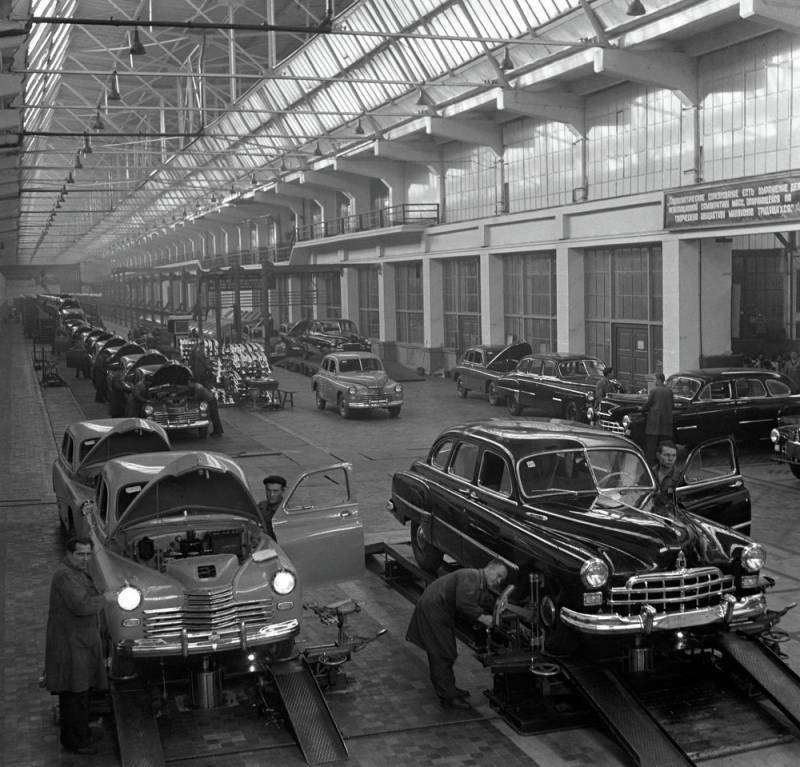
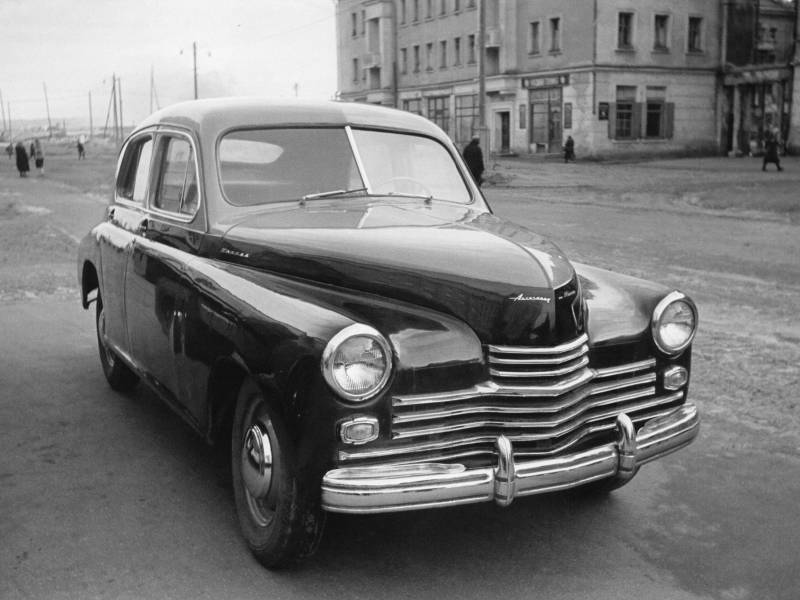
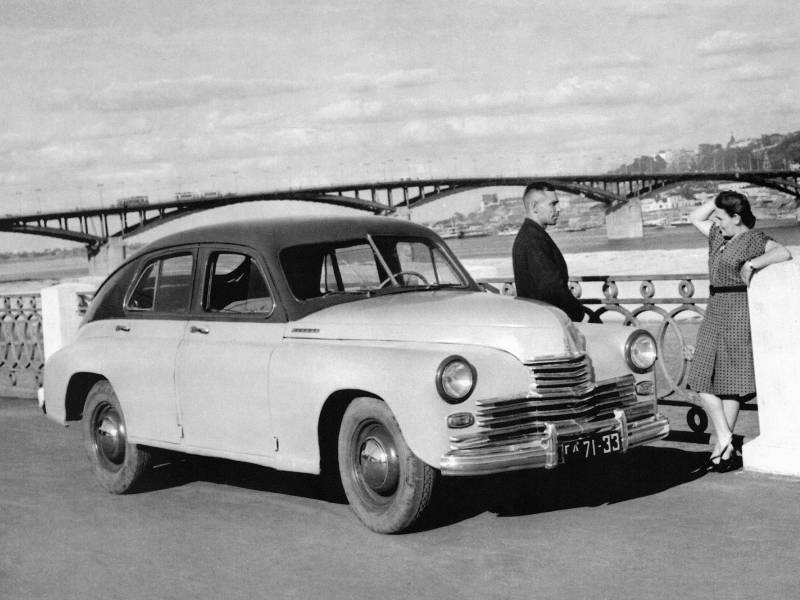
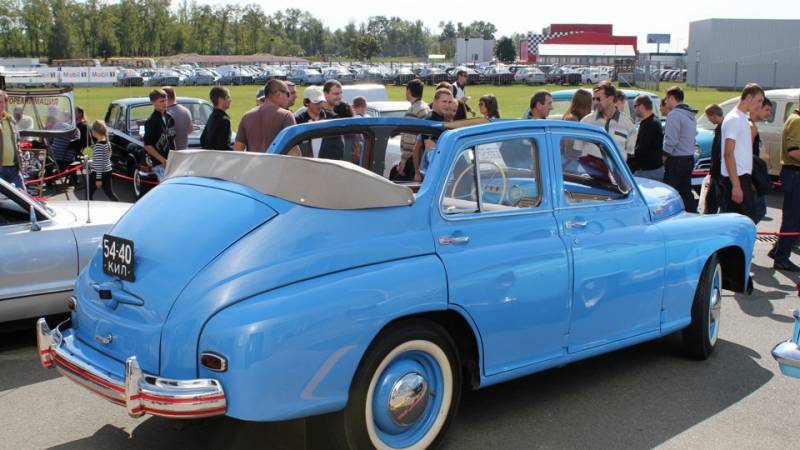
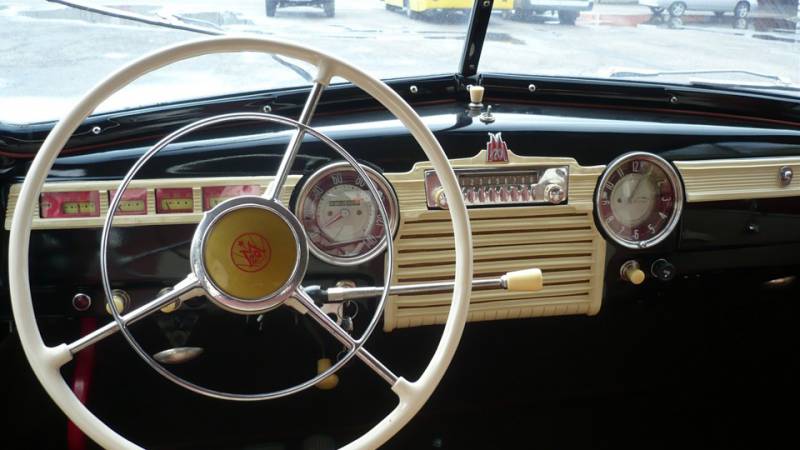
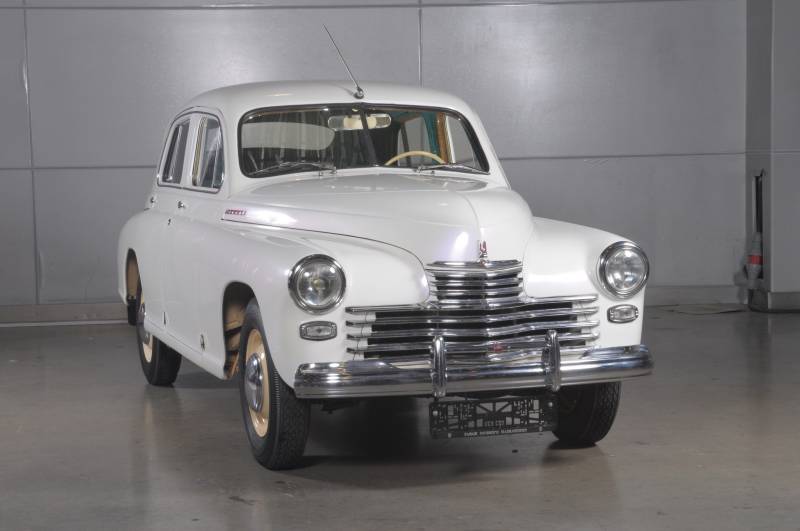
Information